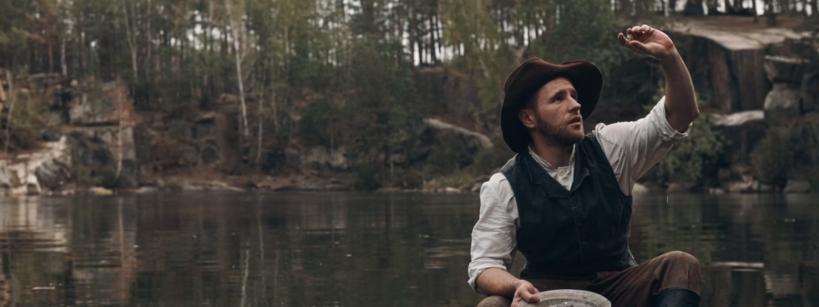Educational Video
Students will learn about the true history of California Gold Miners. This video focuses on how Native Americans and people from all over the world were important in unearthing California's gold but were brutally pushed out of the race for gold by Anglo Americans and capitalist interests.
Standards
CA HSS 4.3.3
CA HSS 4.4.2
Teaching Tips for Different Learning Environments
Whole Class In-Person Learning: Brainstorm as a class what students think of when they think of Gold Rush miners, and write these ideas on a whiteboard or poster paper. Watch the video as a class, perhaps on a projector. During the video, have students take individual notes on the realities of the Gold Rush miners. Then discuss the differences and similarities between the ideas/myths and the realities.
Whole Class Distance Learning: Create a note-taking sheet for students on your digital platform that asks a) what students know or think about Gold Rush miners and b) what the video says about Gold Rush miners. Assign students to watch and take notes on the video on their own time. In breakout rooms or other small groups: What was similar or different about what you knew and what you learned about miners? What surprised you about the realities of California Gold Rush miners? Why do you think Californians told different stories about the Gold Rush miners? Why were some stories more popular than others? What could new symbols of California be?
Tech Fun: Discuss current California symbols using Jamboard collaborative sticky notes. Show current symbols from the video, like the miner, poppy, and Golden Gate Bridge. Have students add sticky notes of what each image represents, such as riches, nature, transportation. Then ask students to create a new symbol for California, as introduced at the end of the video. Students can create however they like—sculpt, draw, collage images physically or digitally—and then turn in their image on your learning platform. They could write about how their symbol represents California or they could present their new symbol to the class using Google Slides or Jamboard.
Links to Associated Education Resources




